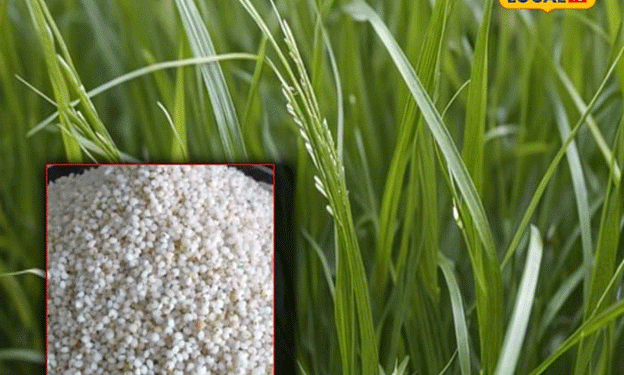Revitalizing an Ancient Crop
Kodo millet, also known as “Shri Ann,” was a staple in ancient diets due to its rich nutrient profile. Over time, it lost prominence as modern grains took over. However, recent government initiatives and health recommendations are rekindling interest in this ancient grain. The Indian government is now actively promoting the cultivation of kodo millet by providing free seed kits and encouraging farmers to integrate it into their cropping systems.
Cultivation Practices and Benefits
According to Dr. N.P. Gupta, an agricultural expert at the Niamatpur Agricultural Science Center, kodo millet is a key crop for the Kharif season. It thrives on minimal resources and can be planted by the end of July. This low-cost crop is known for its high nutrient density, offering more iron, zinc, and manganese compared to other grains.
The cultivation process for kodo millet involves several steps:
- Field Preparation: Begin by plowing the field with a disc harrow, followed by a rotary tiller to ensure the soil is loose and well-aerated. Level the field with a plough.
- Fertilization: Before the final plowing, apply two cartloads of well-rotted manure, 40 kg of nitrogen, 30-40 kg of phosphorus, and 20-25 kg of potassium per hectare.
- Sowing: Plant kodo millet seeds at a rate of 8-10 kg per hectare. Maintain a spacing of 15-20 cm between rows and 10 cm between plants.
Dr. Gupta highlights that kodo millet matures within 60-80 days, yielding between 15-20 quintals per hectare. Market prices for kodo millet range from ₹2,400 to ₹2,500 per quintal, making it a profitable venture for farmers due to its low cultivation costs and high market value.
Health Benefits and Market Potential
Kodo millet is not only beneficial for farmers but also for consumers. Its high iron, zinc, and manganese content enhances immunity and provides substantial health benefits. The resurgence of kodo millet reflects a broader trend towards incorporating more nutritious and traditional grains into modern diets.
Error




